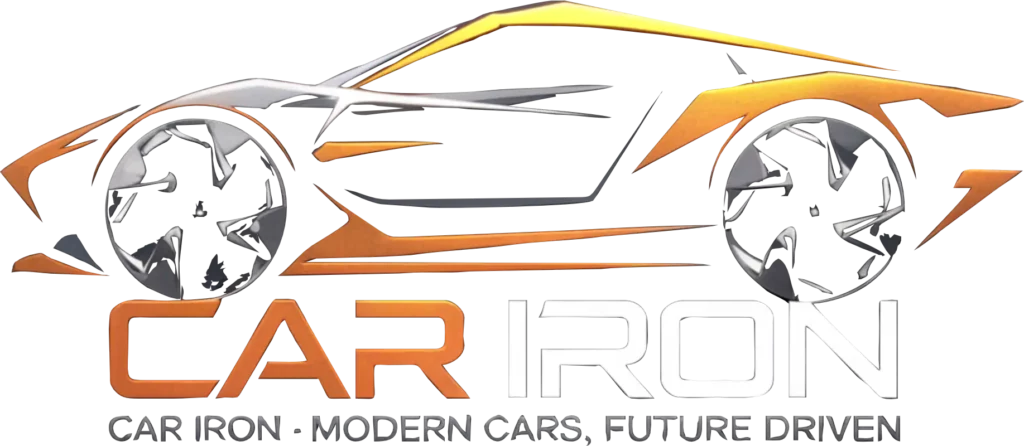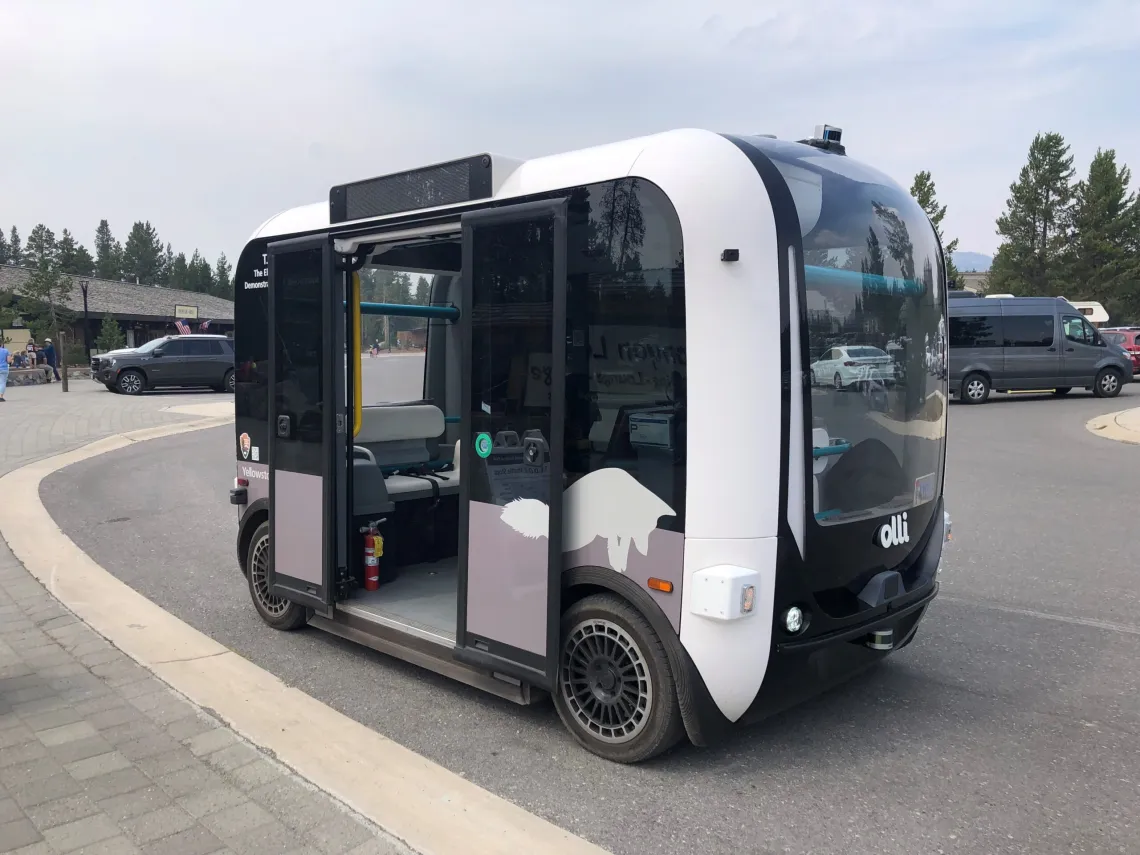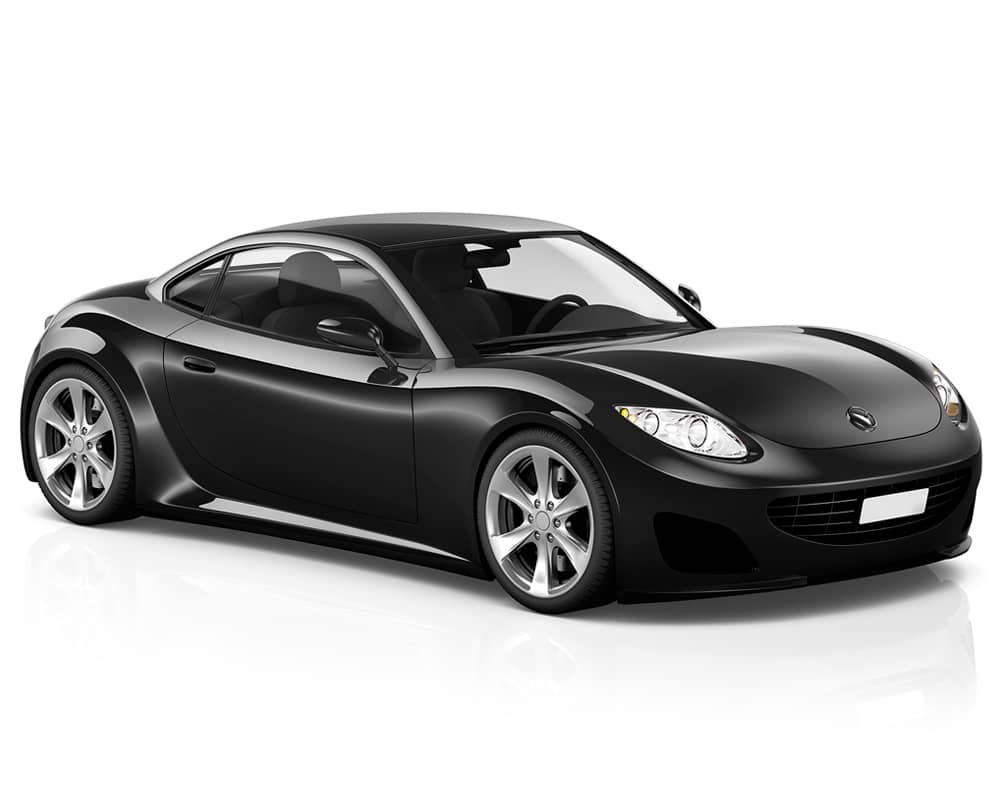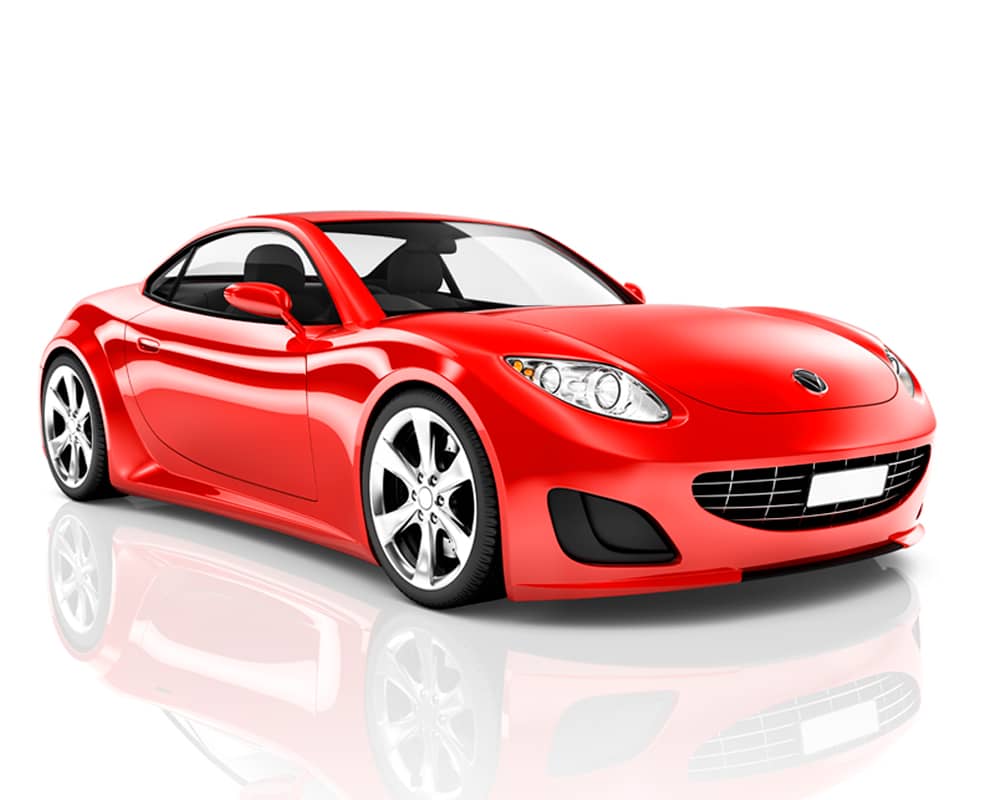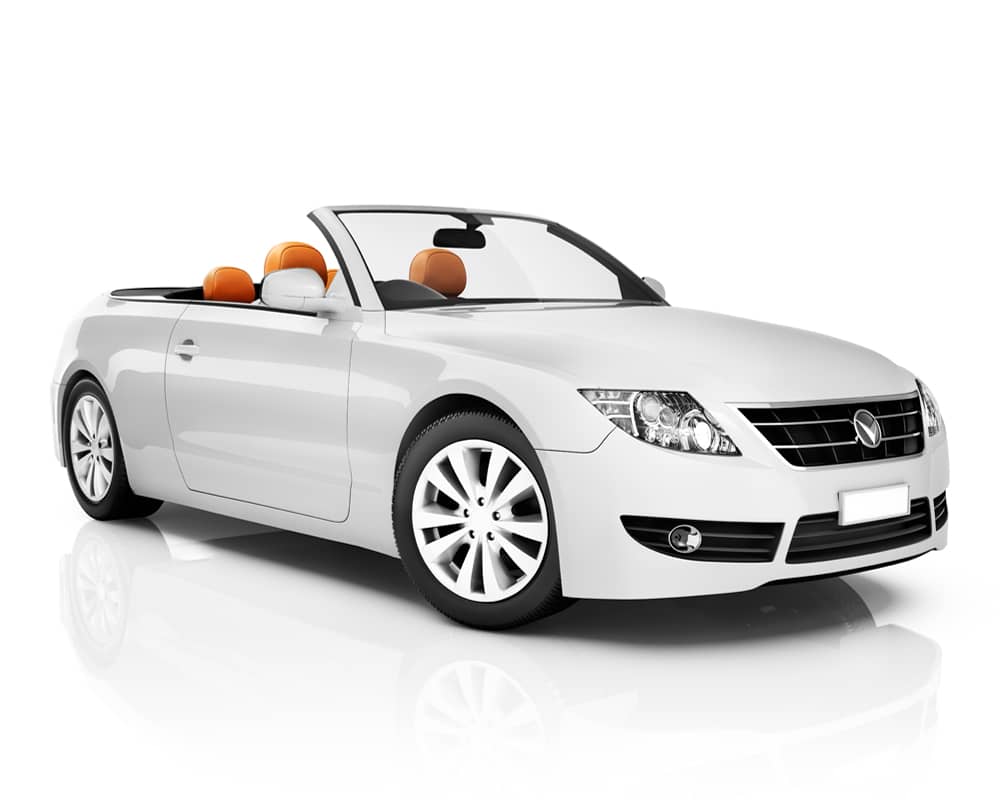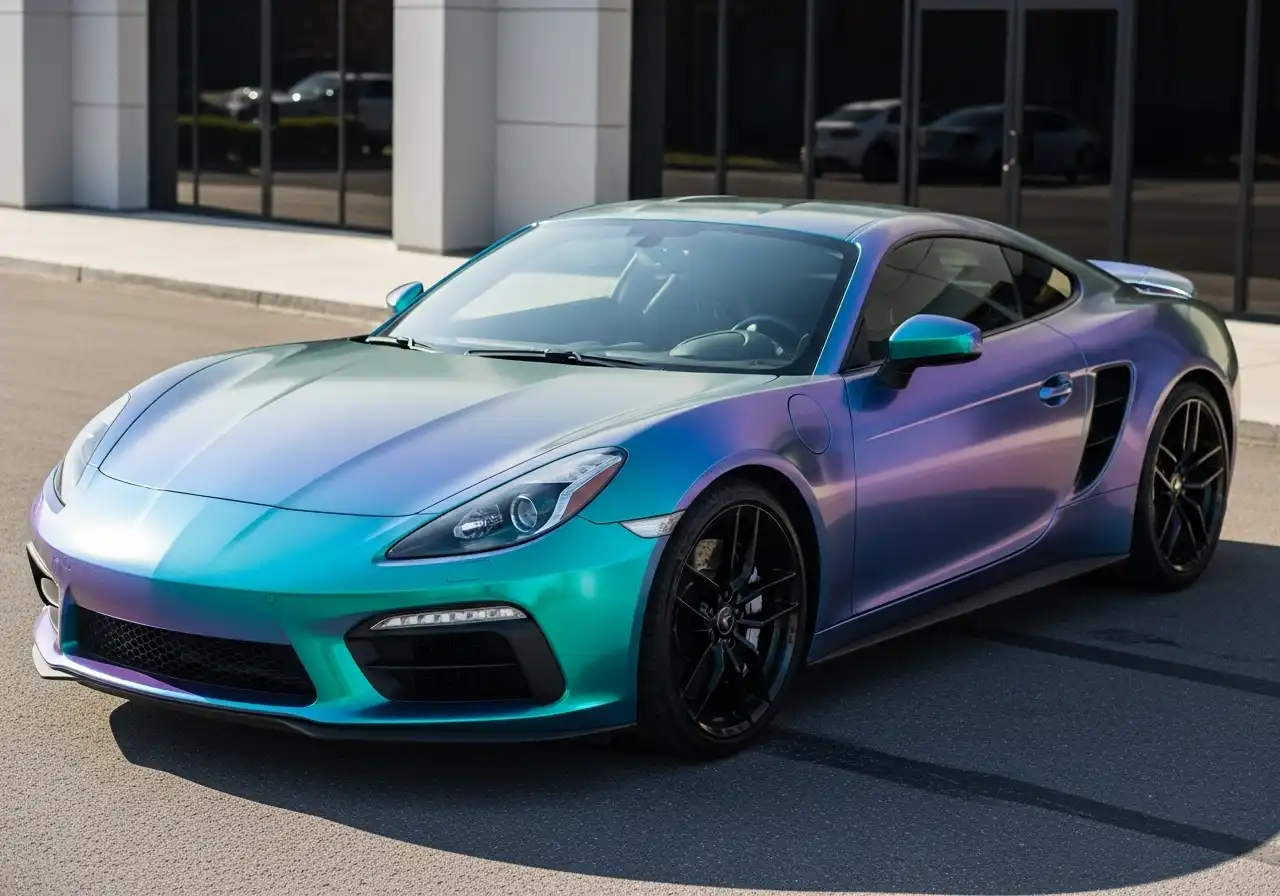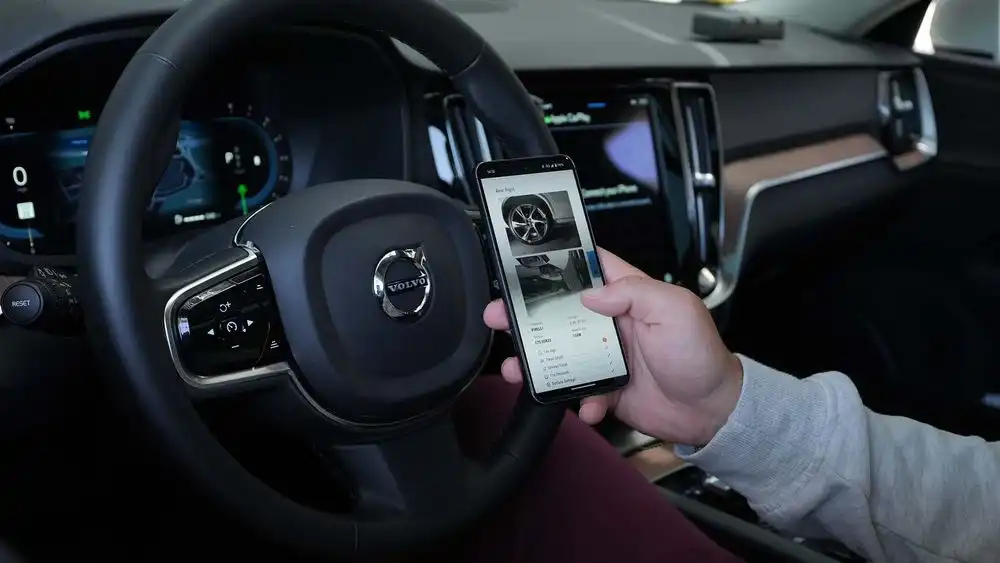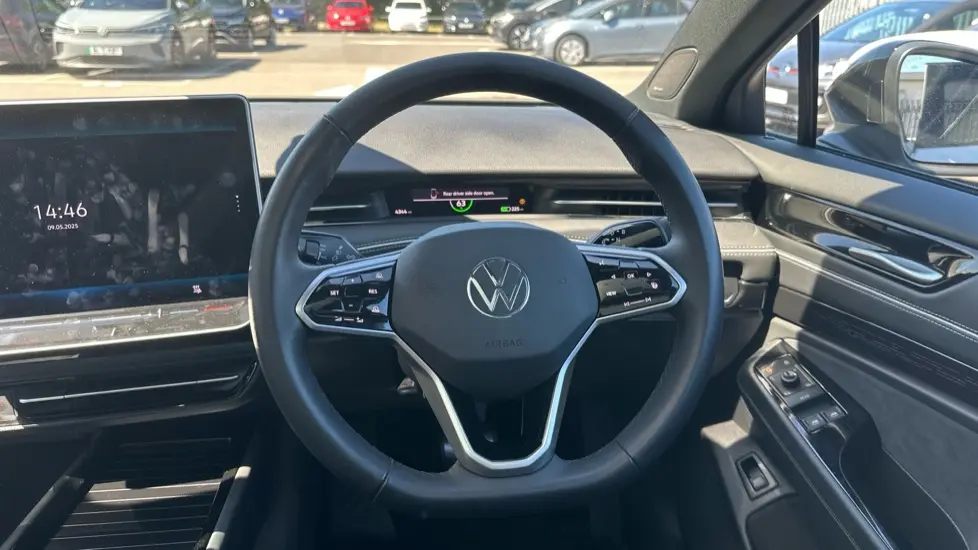The world of transportation is evolving at an unprecedented pace, and modern car design plays a central role in this transformation. From electric vehicles (EVs) to self-driving technology, the way cars are designed today is shaping not just the future of the automotive industry, but the way we move and interact with the world around us. In this blog, we’ll explore how cutting-edge designs, advanced materials, and breakthrough technologies are pushing the boundaries of what’s possible in the automotive world.
1. The Rise of Electric Vehicles (EVs): A Game Changer in Car Design
One of the most significant shifts in modern car design is the transition from traditional gasoline-powered vehicles to electric vehicles (EVs). The push for sustainability, combined with advancements in battery technology, has led to the development of sleek, eco-friendly cars that don’t compromise on performance or style.
The design of EVs focuses on efficiency, aerodynamics, and sustainability. Automakers are incorporating lighter materials, such as aluminum and carbon fiber, to reduce weight and increase energy efficiency. EVs also allow for more flexible interior designs, as they don’t require bulky engines and exhaust systems. This opens the door for innovative features like spacious cabins, enhanced storage solutions, and more room for passengers and cargo.
2. Sustainability and Eco-Friendly Materials
As global awareness about climate change and environmental sustainability increases, the automotive industry is turning to sustainable materials and practices in car design. Manufacturers are exploring the use of recycled plastics, bio-based fabrics, and even bamboo in their vehicles to reduce their carbon footprint.
Modern car designs are also focused on improving fuel efficiency and lowering emissions. With the rise of hybrid vehicles, automakers are designing cars that combine electric and gasoline power to offer greater range and lower environmental impact. Moreover, car manufacturers are increasingly implementing sustainable production methods, from the assembly line to packaging, reducing waste, and conserving resources.
3. Autonomous Vehicles: The Future of Self-Driving Cars
The concept of self-driving cars is no longer a distant dream. Autonomous vehicles (AVs) are quickly becoming a reality, and their design is fundamentally different from traditional cars. To accommodate the intricate sensors, cameras, and radar systems that enable autonomous driving, car manufacturers are rethinking the structure of the vehicle itself.
For example, autonomous vehicles often have a more streamlined and spacious interior, as the need for a traditional driver’s seat and steering wheel becomes less important. Instead, the focus is on creating a comfortable, user-friendly cabin for passengers, with features like adjustable seating, personal entertainment systems, and new interface designs for communication between the car and the passengers.
4. Smart Cars and Connected Technology
Modern cars are increasingly becoming “smart” vehicles, integrated with cutting-edge technology that enhances both the driving experience and safety. Car manufacturers are implementing sophisticated connectivity features like smartphone integration, voice control, and real-time navigation updates.
One of the key drivers of smart car design is the integration of the Internet of Things (IoT). This allows vehicles to communicate with each other, traffic infrastructure, and even with pedestrians. For example, connected vehicles can alert drivers about upcoming hazards, traffic conditions, or road closures, enhancing safety and efficiency on the road.
Moreover, advanced driver-assistance systems (ADAS) like automatic emergency braking, lane-keeping assist, and adaptive cruise control are becoming standard in modern cars, providing drivers with greater safety and convenience.
5. Futuristic Design Aesthetics: A New Era of Automotive Style
The look and feel of modern cars are also undergoing a transformation. Car manufacturers are moving away from traditional designs and embracing bold, futuristic aesthetics that reflect the cutting-edge technology inside. Sleek lines, minimalist interiors, and innovative exterior features are becoming the norm.
The use of digital displays, OLED lighting, and interactive touchscreens is replacing traditional physical buttons and knobs. These design choices not only create a more futuristic atmosphere but also make the car’s interior feel more open and intuitive.
6. The Role of Artificial Intelligence (AI) in Car Design
Artificial intelligence (AI) is increasingly influencing the way cars are designed and function. AI is being used in everything from optimizing vehicle performance to enhancing safety features and user experience. For example, AI-powered systems can analyze driving habits and suggest driving styles that maximize fuel efficiency or reduce wear and tear on the vehicle.
AI is also integral to autonomous vehicle development, where it helps cars interpret complex data from sensors, make decisions, and navigate safely. As AI continues to evolve, it will play an even larger role in personalizing car features, anticipating driver needs, and offering more efficient designs.
7. Enhanced Safety Features: Prioritizing Protection
Modern car design is also focused heavily on improving vehicle safety. Automakers are continually developing new safety features to protect drivers, passengers, and pedestrians. In addition to traditional airbags and seatbelts, vehicles now come equipped with advanced technologies like automatic braking systems, blind-spot monitoring, and crash avoidance systems.
In the future, cars may even use artificial intelligence to predict accidents before they happen, automatically adjusting driving behavior to avoid collisions. This level of predictive safety could revolutionize how we think about vehicle protection.
Conclusion: A Glimpse into the Future of Transportation
Modern car design is more than just about style; it’s about creating vehicles that are smarter, more sustainable, and safer for the future. With electric vehicles, autonomous driving, and cutting-edge technologies, today’s cars are paving the way for tomorrow’s transportation solutions. As we move toward a more sustainable and connected world, car design will continue to evolve, creating an exciting future for drivers and passengers alike.
At Car Iron, we’re excited to see how these innovations will continue to shape the way we travel and live. Stay tuned for more insights into the latest trends and breakthroughs in the automotive industry!
